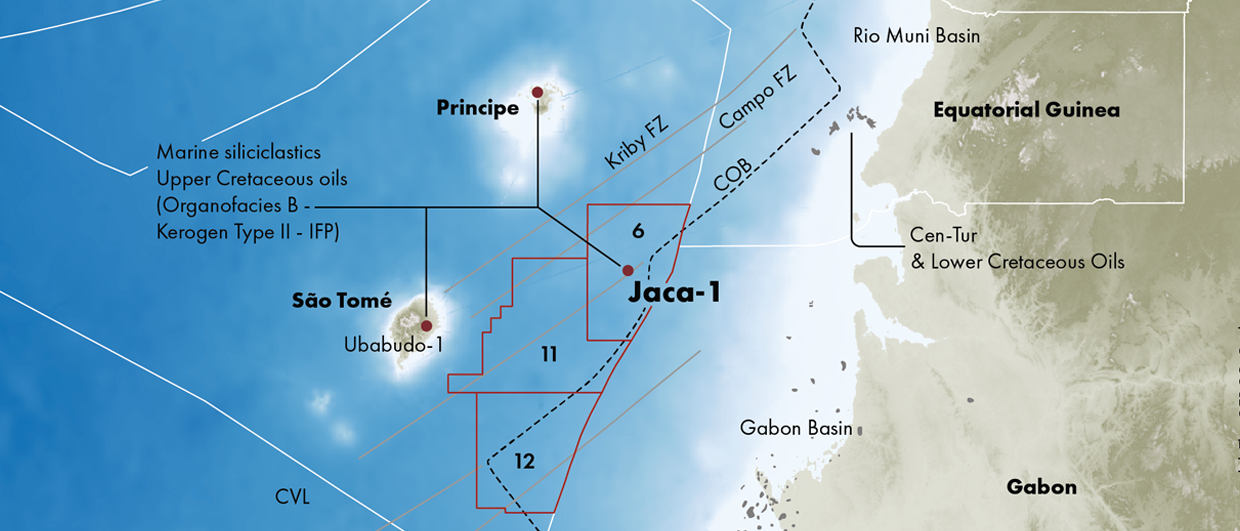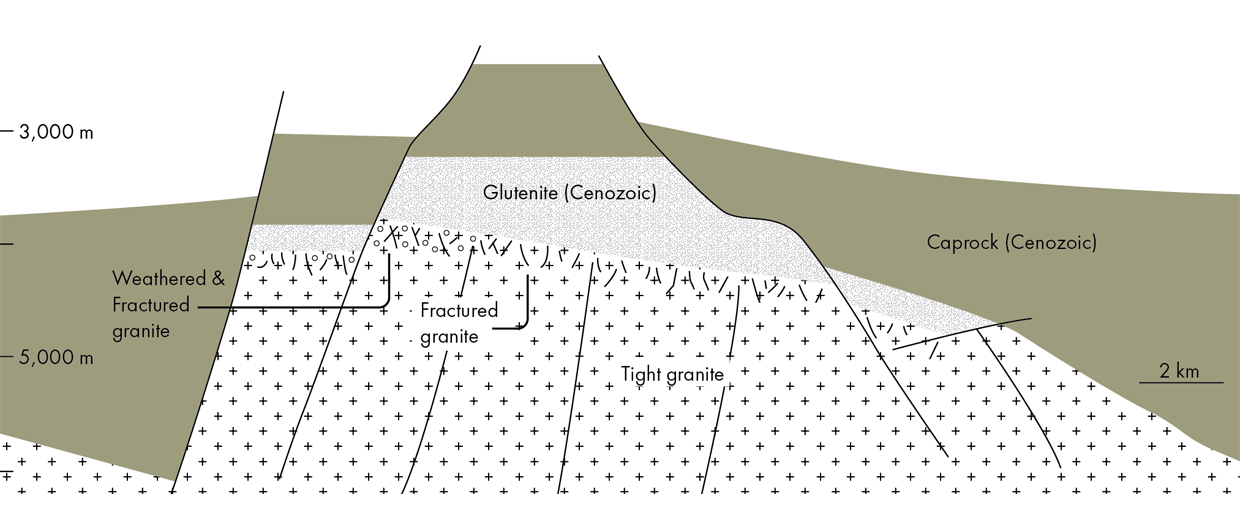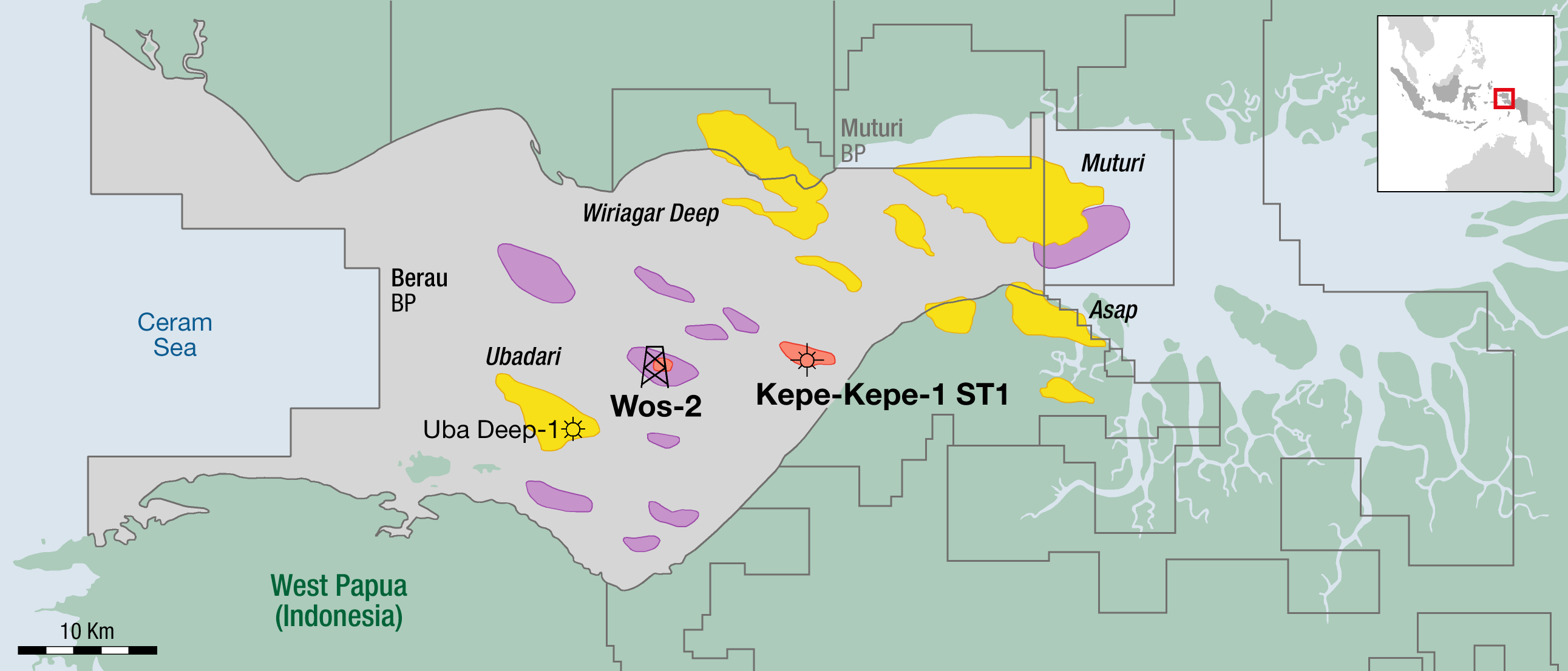“It is easy to reconstruct the rifting and drifting history between South America and Africa. Similarly, it is straightforward to piece together the extensional history between Norway and Greenland. But looking at how things fit offshore Ireland and its Newfoundland conjugate margin, with several blocks rotating at the same time and various pre-break-up orogenic trends superimposed, it is fair to say that even today there is uncertainty as to how things exactly looked in Jurassic times, says Pat Shannon, emeritus professor at University College Dublin.
In the middle of this jigsaw of moving continental slivers is the Goban Spur. And was in the Goban Spur where Exxon drilled well 62/7-1 in 1982, against a backdrop of hardly any well completions on the Atlantic margin and at a time when the concept of plate tectonics had just arrived.
“In fact”, Pat says, “the Goban Spur, situated to the south of the Porcupine Basin and to the west of the Celtic Sea Basins, really finds itself at the crossroads of Mesozoic and Paleozoic structural grains. For that reason, it was very hard to predict the geology of the area.”

A new approach
Because of the virtually unknown geology of the area, de-risking required a totally new approach. “At the time, it was only the Celtic Sea Basins and the northern part of the Porcupine that had seen some wells drilled, but the geology could not be easily extrapolated beyond these areas. We did not know anything about the middle and southern part of the Porcupine Basin, so it was real frontier territory.”
“What Exxon subsequently did was quite interesting”, Pat continues. “The seismic data acquired in 1981 was being interpreted from a seismic stratigraphic perspective, interpreting potential sands and source rocks. It was very new in those days. Peter Vail, who worked for Exxon at the time, only published his famous AAPG Memoir on seismic stratigraphy a few years before that.”
“Another thing Exxon did was bring in academic work, which contrasted the approach taken by many other companies not to engage too much with academic researchers and their results. For instance, the company looked at dredged seafloor samples from French Research Institute Ifremer and took an interest in the work by Roger Scrutton from Edinburgh University who had studied gravity data from the area. Based on that, Exxon began to piece together a story that could explain whether the Goban Spur was underlain by continental, transitional or oceanic crust.”
“Bear in mind”, Pat reiterates, “hyper-extension as a concept to explain continental rifting processes did not exist in those days; it was rather a matter of rigid blocks that they were trying to piece together to see where things would have been at the start of rifting.”
As the seismic lines acquired in Irish waters were interpreted, successful exploration drilling had already resulted in a major oil discovery in the Jeanne d’Arc Basin offshore Newfoundland – the Hibernia field. And that was interesting, because Exxon’s reconstruction suggested that the Jeanne d’Arc Basin and the Goban Spur were connected before the onset of stretching. This subsequently opened up the possibility that reservoir sands and source rocks could be present on the Goban Spur as well.
An accurate prediction
“Despite the frontier nature of the well, the prognosis Exxon made – based largely on seismic stratigraphic work – turned out to be very accurate”, Pat says. Even though the well did not find commercial quantities of hydrocarbons, a mature Lower Jurassic source rock was proven, alongside some decent Middle Jurassic reservoirs. “The problem was that the presence of lava flows, which had a detrimental effect on the presence of siliciclastic sands.”
“Another good thing about the well was the fact that Exxon did not stop drilling immediately after hitting the volcanics, which would have happened in many cases”, continues Pat. “Instead, they drilled into Sinemurian limestones, close to the top of the Triassic.”
“To me”, Pat concludes, “the well is a great example of collating all the bits of information required to put together a consistent story. The area was relinquished soon after the well was completed, but the story and the science behind it remain.”
A renewed interest
The well continued to be an important source of information that heavily influenced the way companies expressed interest in Porcupine Basin acreage during the last offshore Irish licensing round in 2017. “Based on the results of the well, a renewed interest was seen in the deepest parts of the basin too, including the Goban Spur”, Pat adds.
Has the geological reconstruction of the area changed significantly since completion of the well? “It has changed a bit”, says Pat, “particularly when looking at the Flemish Cap and the Orphan Knoll. Exxon positioned the Flemish Cap south of the Goban Spur in Triassic times. Current models suggest it was located to the west of the Goban Spur, which has implications on whether the Porcupine Basin was connected to either the West Orphan Basin or the Jeanne d’Arc Basin. It was quite a topic of discussion in the last number of years.”
“Another aspect that we now have a better understanding of is that the rigid block model of Exxon should be replaced by a model of hyperextension when it comes to understanding how continents rift and drift apart. But it is still an open question as to exactly how things fit together”, concludes Pat. And will another well be drilled in the area? Given Ireland’s current moratorium on further exploration drilling offshore, that is looking quite unlikely.





